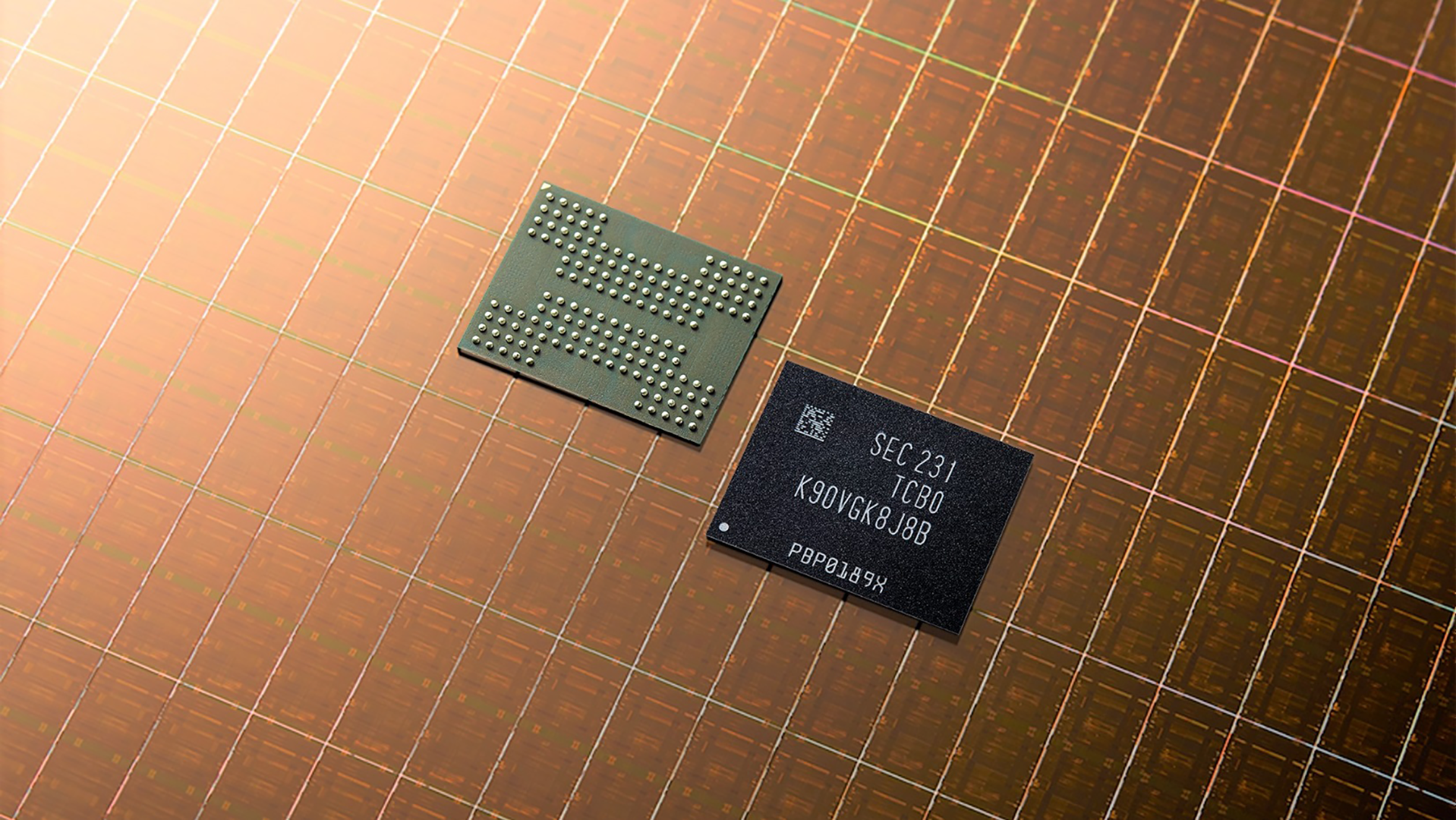Planned price hikes? DRAM and NAND costs are increasing due to industry-wide production cuts
Goodbye cheap RAM and SSDs.

The prices for DRAM and NAND chips are increasing significantly on the spot market, indicating that the memory industry's efforts to end the oversupply of chips is finally paying off (via Digitimes). The crisis of extremely cheap DRAM and NAND products — at least, a crisis from the perspective of the manufacturers — has lead to such a sharp plummet in profits that some were concerned about industry-wide bankruptcies. However, thanks to higher prices, companies like Samsung and Micron are now in a safer position.
According to DRAMeXchange, which tracks the spot price of memory chips (generally a good indicator of actual cost), DRAM and NAND prices have been on the upswing in recent months. Prices were on the decline in 2022 and early 2023 but bottomed out in July and August. Ever since, prices have been going up, and not by a small amount.
| Row 0 - Cell 0 | 2x8GB DDR4-3200 | 512GB TLC | 256GB TLC |
| January | $3.984 | $1.774 | $1.032 |
| May | $3.088 | $1.427 | $0.93 |
| June | $3.01 | $1.411 | $0.937 |
| July | $2.99 | $1.3 | $0.88 |
| August | $2.909 | $1.519 | $0.96 |
| September | $2.934 | $1.69 | $1.041 |
| October | $3.094 | $2.044 | $1.158 |
| November | $3.206 | $2.566 | $1.363 |
While prices on DRAM and NAND haven't returned to where they were at the start of the year, both have increased sharply in the past few months. Two 8GB chips of DDR4 now cost 10% more than they did in August. 512GB NAND chips are nearly twice as expensive as they were in July, and 256GB chips have gone up 55% in the same time frame.
The reason prices got so low in the first place was thanks to the slowdown of the global economy in the wake of the COVID-19 pandemic. A decline in demand as consumers lowered their spending led to an oversupply of chips, which meant prices had to come down. The third quarter of 2022 was particularly brutal for DRAM and NAND, with the global revenue for each shrinking by 30% and 24%, respectively.
The consequences for memory manufacturers were severe. Samsung's profits were nearly wiped out in the first quarter of 2023, while Micron actually lost over $2 billion. Naturally, these companies scaled back production by a significant amount, and that's now starting to impact supply so much that prices are coming back up. A shortage of materials has also come into play, which will undoubtedly put even more pressure on lowering supply and increasing price, assuming demand doesn't go down in the meantime.
We can already see the consequences of this right now. Midrange, PCIe 4.0 1TB SSDs prices dropped to as little as $35 to $40 earlier in the year, but now you'll be hard pressed to find any model that doesn't cost at least $50. A similar price increase hasn't happened for RAM, presumably because the spot price hasn't gone up as much, but that could change in the near future.
Stay On the Cutting Edge: Get the Tom's Hardware Newsletter
Get Tom's Hardware's best news and in-depth reviews, straight to your inbox.
Matthew Connatser is a freelancing writer for Tom's Hardware US. He writes articles about CPUs, GPUs, SSDs, and computers in general.
